Pear ‘Little Conference’ GYO Fruit Tree
£34.99 Original price was: £34.99.£24.49Current price is: £24.49.
- Quality You Can Trust
- Service that stands out, online and always timely.
- No-Questions-Asked Returns
- We take quality seriously.

Never has there been a better time to Grow Your Own and reap the benefits of producing your own fresh, healthy food. Making use of home gardens has always been a sensible thing to do, but now more than ever with genetic modification, predicted supermarket shortages and environmental damage, produce picked and eaten from your own plot has never been a better idea!
Identified in a Belgian fruit farm as being a dwarfing sport, ‘Little Conference’ was discarded by the commercial growers because it was too dwarfing for their use. However, it throws normal size fruits and by grafting onto medium vigour stock we have ensured that it stays robust.
‘Conference’ Pear produces a large crop of fruits with clear white flesh that are ready to pick each September. The long, tapering fruits are packed with an irresistible sweetness and lip-smacking juice that will drip from your chin when you bite in to a ripe one!
Because of its outstanding flavour, it remains the most popular pear grown in Britain by a long measure and this patio pear is a really good variety and dead easy for any gardener who is staring out in growing Patio Fruit. ‘Conference’ is largely ‘self-fertile’ and will be supplied on a dwarfing rootstock. Expected height at 5 years 1.5m.
Supplied as an established tree in a 4.5L pot, ready to plant out.
Care Information
- Plant fruit trees at their original soil level, firm them into the ground and water well.
- Fruit trees grown in pots will need watering and feeding more regularly than those planted in the ground.
- To avoid the roots becoming pot bound, re-pot every year or alternate years after leaves have fallen in autumn.
- Once in its final pot, a plant can be root-pruned every other year with 30 per cent of the compost refreshed. In between, replace the top couple of inches of compost.
- A good mulch will help to retain water and therefore reduce the need to water as frequently, and will prevent weeds from competing
- Your pear tree will not need drastic pruning, just remove any crossing or damaged branches. Any lower branches can be removed if you want to give you a clear trunk. Otherwise in subsequent seasons cut back any strongly growing branches by one third to promote the formation of fruiting spurs.
Be the first to review “Pear ‘Little Conference’ GYO Fruit Tree” Cancel reply
Related products
Fruit & Veg
Fruit & Veg
Fruit & Veg
Fruit & Veg
Fruit & Veg
Fruit & Veg
Fruit & Veg
Fruit & Veg

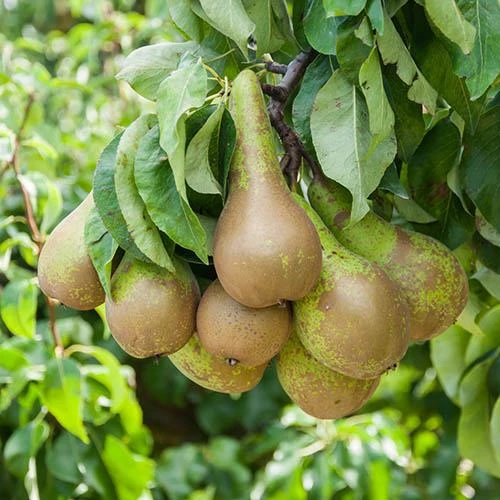
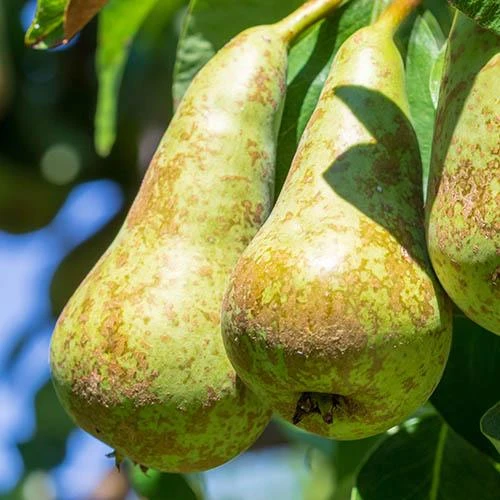
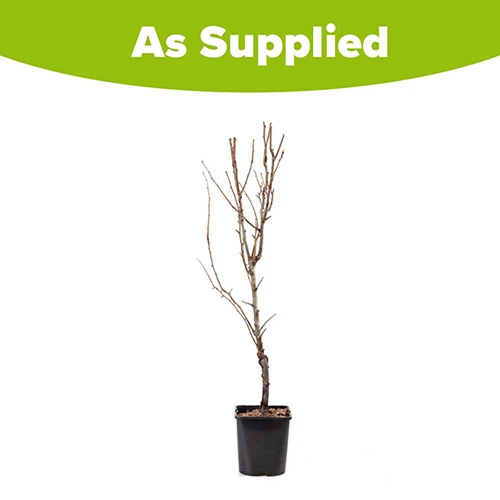


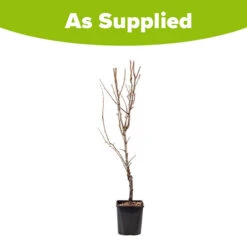

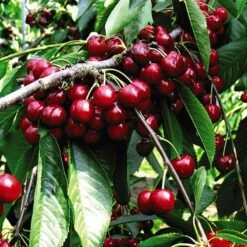
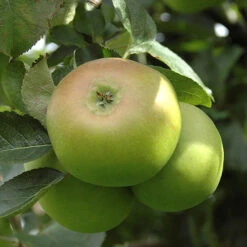

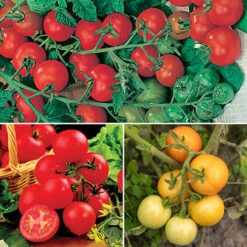
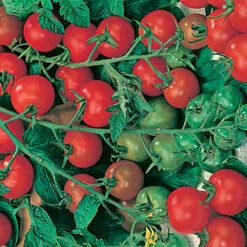

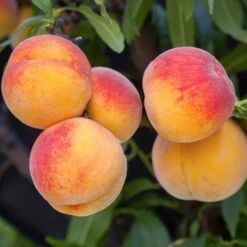
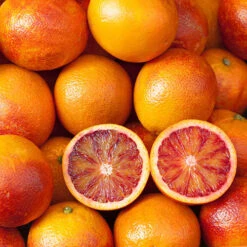
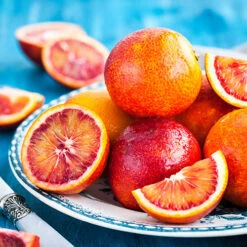

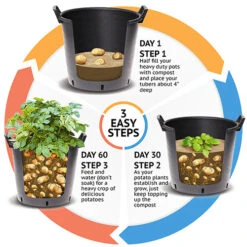

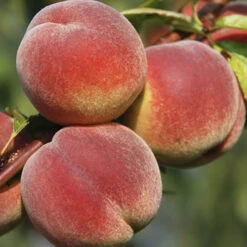
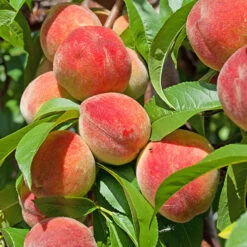
Reviews
There are no reviews yet.